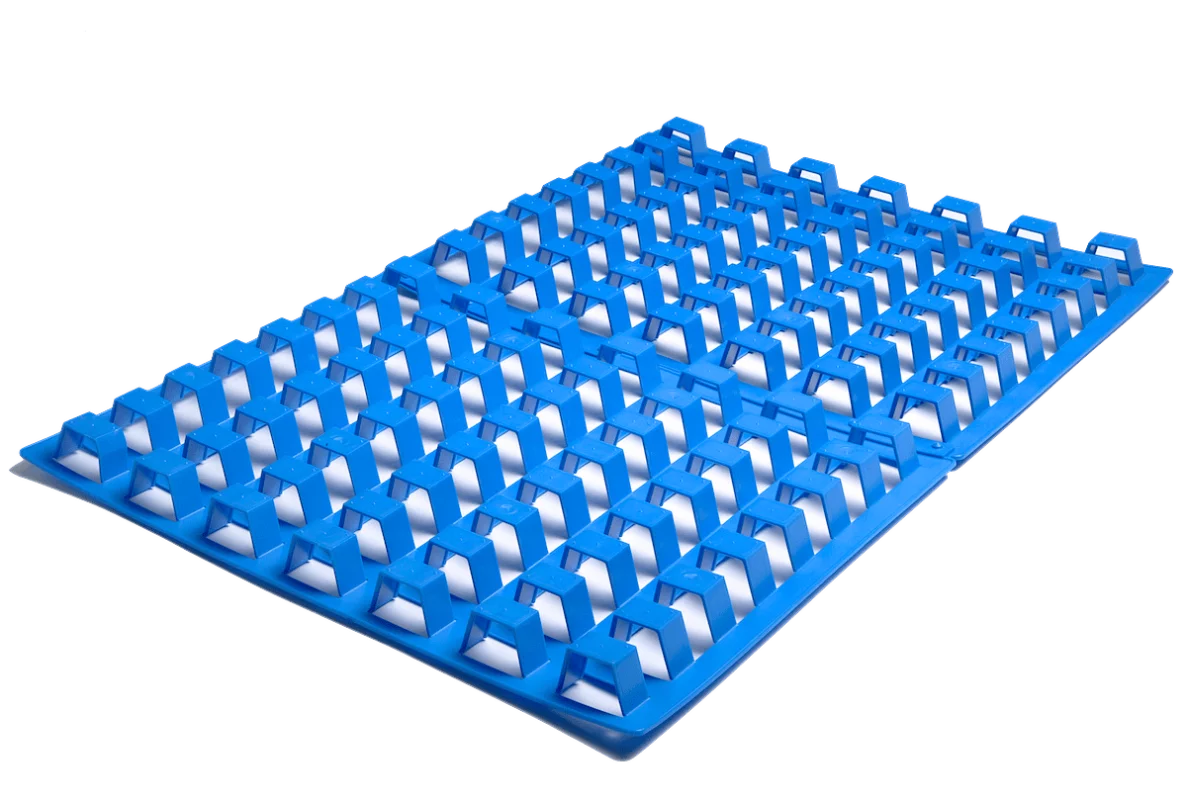Why Consider Tandem Lift Tables for Your Operations?
In the dynamic sphere of mechanical and electrical automation, finding the most apt equipment for handling long and cumbersome loads is crucial. This brings us to tandem lift tables, specifically designed to address such challenges. So, what makes tandem lift tables indispensable and how can they revolutionize your workload management? Allow me to offer my insights and experiences after 30 years in the industry.
How Do Tandem Lift Tables Handle Long Loads?
Designed for optimal performance with long, extended loads, the tandem lift tables are your go-to solution for managing everything from lumber to metal sheets. Their ingenious structure ensures they can handle capacities ranging from 4,000 to 12,000 lbs, catering to the hefty demands of industries requiring precise and safe load handling.
Key Capabilities
-
Extensive Reach: With platforms extending up to 172 inches and lifting heights reaching 70 inches, these tables transform operational efficiencies.
-
Robust and Versatile: Their low collapsed height yet high capacity makes them suitable for heavy-duty tasks like feeding materials to machinery and facilitating the bundling of long products. This dual capability offers the best of both strength and flexibility.
How Specific Are the Specifications?
Understanding the technical specifications of tandem lift tables aids in aligning their features with your specific requirements. Whether you need a standard base or a wider platform, these tables accommodate various industrial needs.
Exploring Specifications
Below are some key models with their core specifications:
| Model Number | Load Capacity | Max Platform Size | Raised Height |
|---|---|---|---|
| LST4-36 | 4000 lbs | 48" x 120" | 43.25" |
| LST12-60 | 12000 lbs | 48" x 204" | 70" |
The flexibility these specs provide enable users to make informed decisions tailored to their precise operational environments.
What Troubleshooting Techniques Should Be Mastered?
In my extensive experience, knowing how to troubleshoot efficiently can save significant time and resources. While the lift tables are robust, understanding potential hiccups and their remedies is invaluable.
Common Issues and Remedies
For instance, if the lift refuses to lower, the solenoid valve might need a volt meter check, or the flow control may require adjustment. Such technical know-how ensures smooth functions which are imperative for continuous operations.
Are There Comparable Alternatives Available?
While the focus has been on tandem lift tables, it’s worth mentioning that there are parallel equipment types that can serve similar purposes depending on your needs.
Exploring Alternatives
Tandem scissor lifts and multi-stage lift systems are also strong contenders offering unique benefits such as increased vertical travel and enhanced stability for uneven loads, ensuring a broad range of solutions is at your fingertips.
Conclusion
Tandem lift tables offer a transformative approach to handling cumbersome loads, with their expansive spec range and operational flexibility making them a staple in various industrial sectors. Their ability to harmonize load capacity with operational ease can radically reshape productivity and safety in industrial settings. Always, the combination of the right equipment and knowledgeable handling can lead to exceptional operational success.
Unearthing these insights draws a roadmap to maximizing the vertical and horizontal material management landscapes, and I, with 30 years of experiencing and navigating these complexities, advocate for harnessing such pioneering equipment designed to meet today's demanding industrial challenges.
